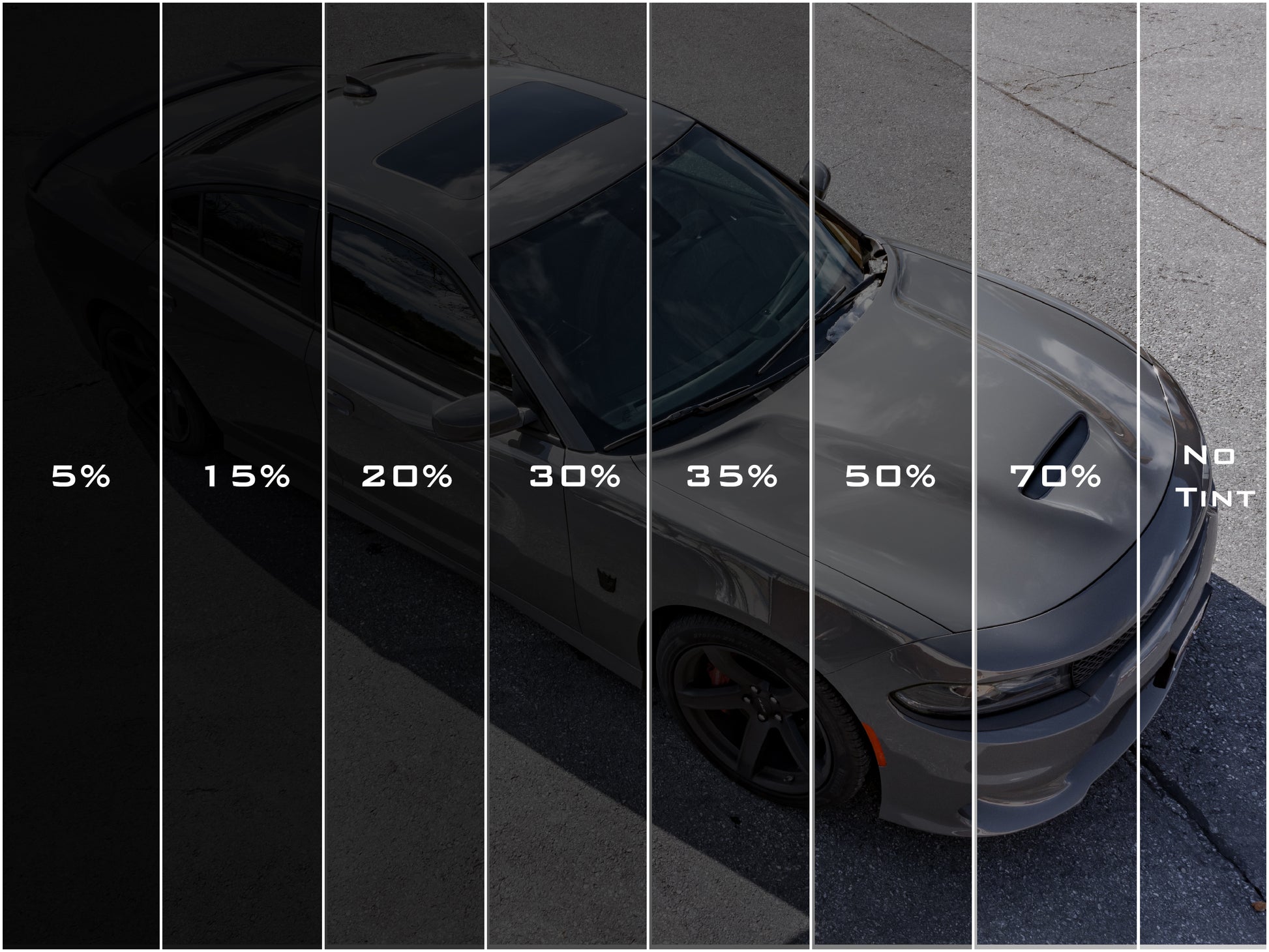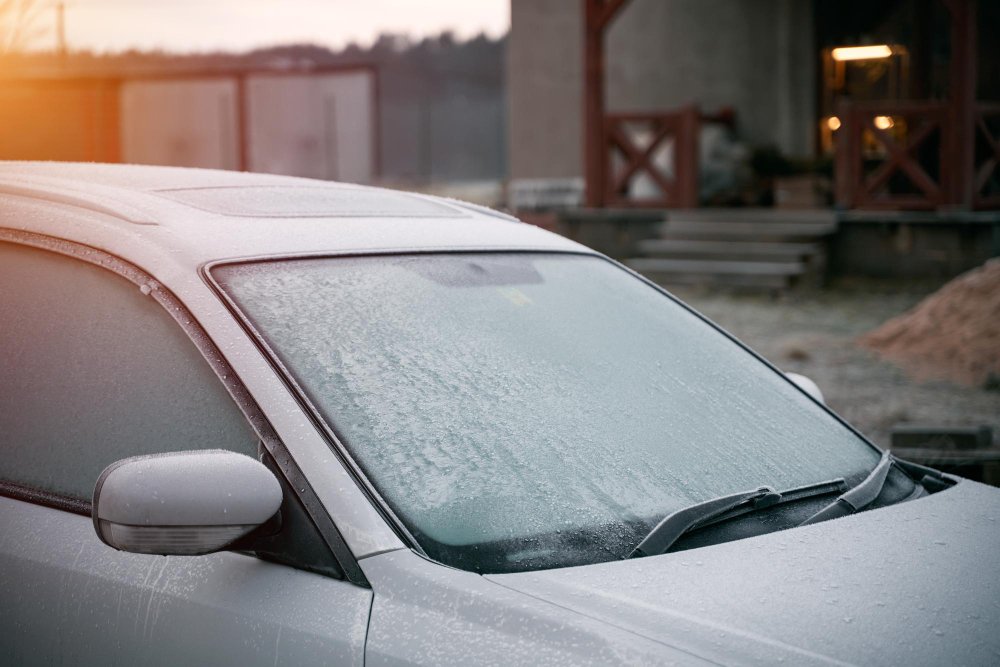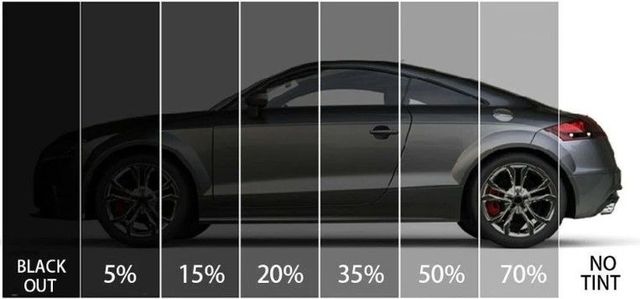How Vehicle Window Tinting Secures Your Vehicle's Inside
How Vehicle Window Tinting Secures Your Vehicle's Inside
Blog Article
Window Tinting Regulations and Guidelines: What You Required to Know Prior To Tinting Your Auto
Prior to proceeding with window tinting for your automobile, it is vital to acquaint on your own with the diverse laws and guidelines that govern this practice throughout various states. These policies determine the permissible degrees of tint darkness, usually gauged by noticeable light transmission (VLT) portions, and include particular specifications for front windshields focused on ensuring road safety and security. Furthermore, specific territories might supply clinical exceptions for people with certifying problems. Understanding these complexities can conserve you from potential lawful implications, yet what are the details rules in your state?
Introduction of Home Window Tinting Regulations
Window tinting laws are regularly subject to variant across various jurisdictions, mirroring neighborhood guidelines and security factors to consider. These legislations determine the acceptable levels of color darkness and reflectiveness on car windows, ensuring that motorists maintain adequate presence while likewise shielding against hazardous UV rays and warmth.
A lot of policies identify home window tinting based on the Visible Light Transmission (VLT) percent, which shows the quantity of light that can pass through the window. Normally, lower VLT portions symbolize darker tints. Regulations typically separate in between the front, side, and rear windows, with stricter constraints related to the front windshield to improve safety for both the chauffeur and various other road users.
Additionally, some territories enforce limitations on the reflectivity of the tint, stopping extreme glare that might impair exposure. Exemptions to these regulations may exist for individuals with particular medical conditions needing extra sun defense. Compliance with home window tinting policies is crucial, as violations can result in fines, obligatory removal of the color, and possible rises in insurance policy costs. It is necessary for vehicle proprietors to familiarize themselves with neighborhood legislations before continuing with window tinting installations.
State-by-State Tint Rules
Recognizing the details home window tinting regulations in each state is crucial for lorry proprietors seeking to adhere to the legislation. Each state in the united state has developed its own set of guidelines regulating window tinting, which can vary considerably. These regulations often determine the permitted degrees of tint darkness, the kinds of windows that can be tinted, and any kind of clinical exemptions that may use.
As an example, states like The golden state have rigid limitations on color darkness for front windows, while others, such as New Mexico, may allow darker tints. In addition, specific states mandate particular presence percentages for different home windows, including the windscreen, front side home windows, and back windows. It is important for cars and truck owners to familiarize themselves with their state's legislations to stay clear of prospective fines or penalties.
In addition, some states might require an accreditation sticker label to be put on tinted windows, indicating conformity with state legislations. Failure to comply with these policies not only runs the risk of lawful repercussions but can also influence safety and exposure while driving. As a result, automobile owners should carry out extensive study or consult local authorities to make sure complete understanding and conformity with state-by-state color policies.
Allowed Color Types and degrees
Numerous automobile owners might be amazed to learn that permitted tint degrees and types differ commonly throughout various states. Each state has actually established its very own policies relating to the permitted darkness and reflectivity of home window tint, commonly determined by Visible Light Transmission (VLT) portions. VLT describes the quantity of light that can pass via the colored windows; thus, a lower portion suggests a darker color.

Furthermore, the kinds of tint materials permitted can differ, with some states forbiding metal or mirror-like finishes. It is Recommended Site crucial for vehicle proprietors to familiarize themselves with their state's specific regulations to make certain compliance. Non-compliance can lead to penalties, necessary removal of the tint, or other legal repercussions, making it necessary to recognize these regulations prior to proceeding with setup.
Medical Exemptions for Tinting
While not all states supply allocations for medical exemptions regarding window tinting, those that do identify the requirement for certain people to boost visibility and convenience as a result of clinical conditions. Numerous medical conditions, such as lupus, skin cancer, and specific eye problems, can provide people especially conscious sunshine. Subsequently, these individuals may require darker colors to protect themselves from harmful UV rays and glow.

It is very important to keep in mind that despite having a medical exemption, there might still be restrictions on the level of color enabled. Compliance with state laws makes sure that individuals are both safeguarded and within lawful limitations. Those thinking about clinical exceptions must contact their neighborhood Division of Electric motor Cars or equivalent authority to comprehend the treatments and needs required to apply for an exception efficiently.
Charges for Non-Compliance
Stopping working to abide by window tinting regulations can cause significant charges, which differ by state. Police are encouraged to release citations for vehicles that do not abide by the defined tinting regulations. These penalties normally consist of penalties, which can range from modest total up to several hundred bucks, relying on the intensity of the offense and the state in inquiry.
In some territories, repeated offenses may lead to rising fines or added charges, such as mandatory court looks. Additionally, non-compliance might demand the elimination of prohibited tinting, usually at the owner's expense. In extreme cases, habitual culprits may deal with suspension of their lorry registration until conformity is achieved.
In addition, insurance coverage ramifications may develop from getting several citations for window tint infractions. Insurance providers may view such offenses as a sign of riskier habits, potentially bring about boosted premiums or difficulty in coverage.
To prevent these penalties, it is vital for automobile proprietors to acquaint themselves with their local home window tinting legislations and make certain that their vehicle complies (Window Tinting). This positive approach not just prevents lawful implications go to this website yet likewise advertises road security
Verdict

Many regulations categorize window tinting based on the Visible Light Transmission (VLT) percent, which indicates the amount of light that can pass with the home window. Conformity with window tinting policies is vital, as offenses can result in fines, obligatory elimination of the color, and prospective rises in insurance premiums.Comprehending the details home window tinting guidelines in each state is essential for vehicle owners seeking to conform with the law. These guidelines commonly determine the allowable degrees of tint darkness, the types of home windows that can be tinted, and any kind of clinical exceptions that may use.
For instance, states like California have rigid constraints on color darkness for front windows, while others, such as New Mexico, may enable darker tints.
Report this page